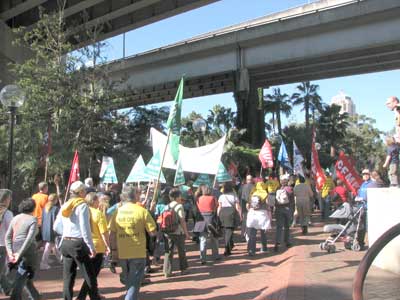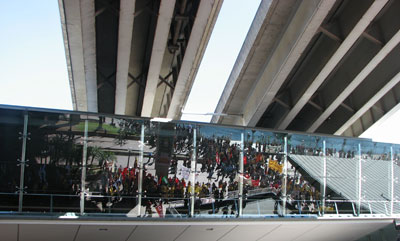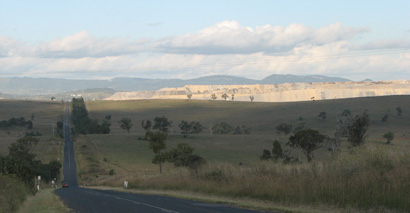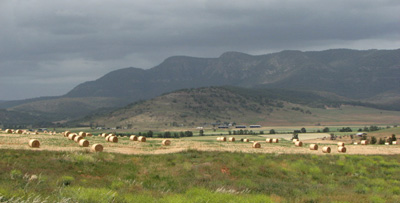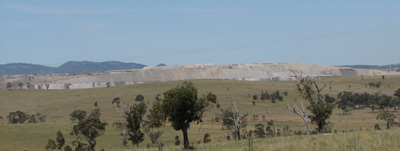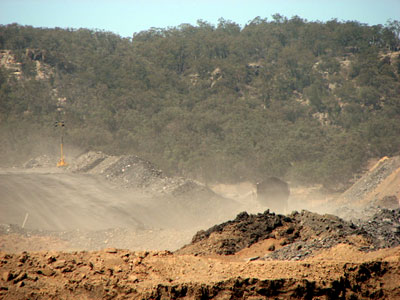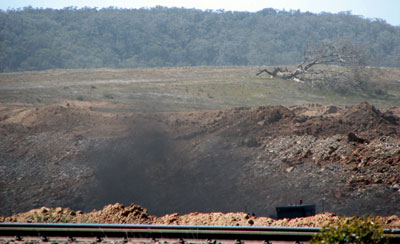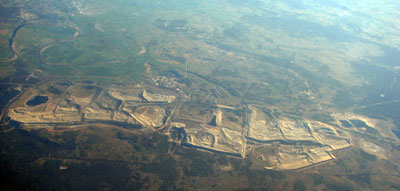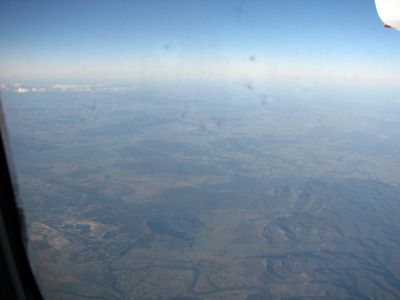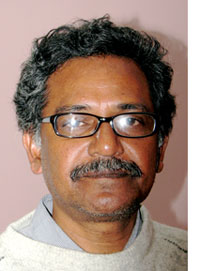 We in the Hunter Valley think we have problems with the coal companies wrecking communities and lifestyles with their spreading, polluting coalmines.
We in the Hunter Valley think we have problems with the coal companies wrecking communities and lifestyles with their spreading, polluting coalmines.
Last week I heard a far worse tale, from Bangladeshi coal and climate change activist and economics Professor, Anu Muhammad, on an Aidwatch speaking tour.
Proposals such as the Phubari Coal Project, in a heavily populated, intensively farmed and very wet delta region, are obviously disastrous for the people and the environment, and make no economic sense – and yet they get the backing of so-called humanitarian institutions like the Asia Development Bank.
Australia is heavily involved in this, both as proposer and backer.
We didn’t pull the triggers on the guns that in 2006 fired on the 50,000 people protesting against the mine, but we are as responsible for the resulting deaths and injuries.
As we will be for the forced relocation of 50,000-150,000 people and the environmental vandalism.
